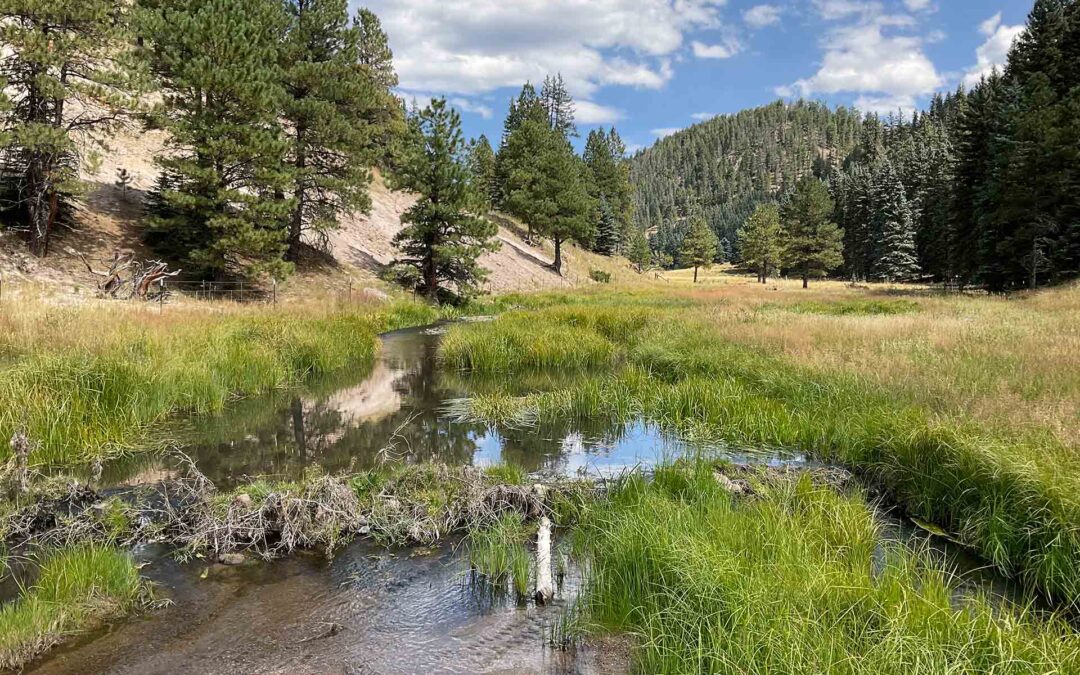


Rito Peñas Negras
A mini-excavator is used to auger holes as we plant thousands of willow poles. Mature willows and exclosure fencing in the background date from 2012. Beavers Wanted: Habitat Available Rito Peñas Negras is a channelized stream, with reaches that are cut off from its...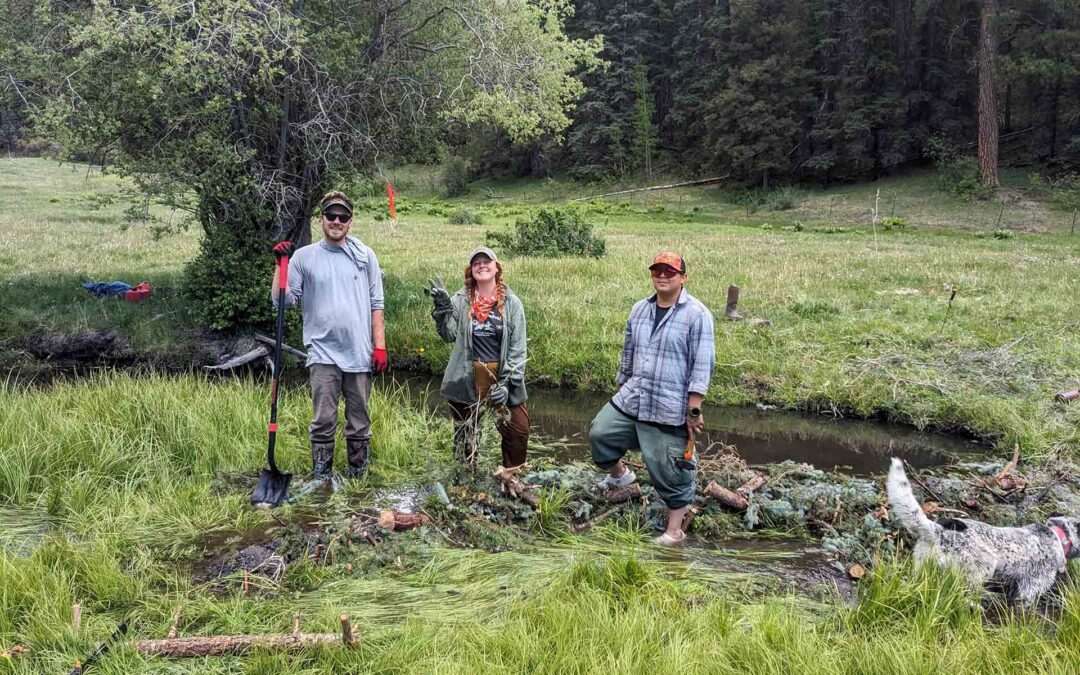
Rio Cebolla Restoration
Our crew building a beaver dam analogue with hand tools. Bringing Life Back to Rio Cebolla: A Stream Once Shaped by Beavers, Now on the Mend High in the Santa Fe National Forest, upstream from Seven Springs Hatchery, Rio Grande Return is leading another large-scale...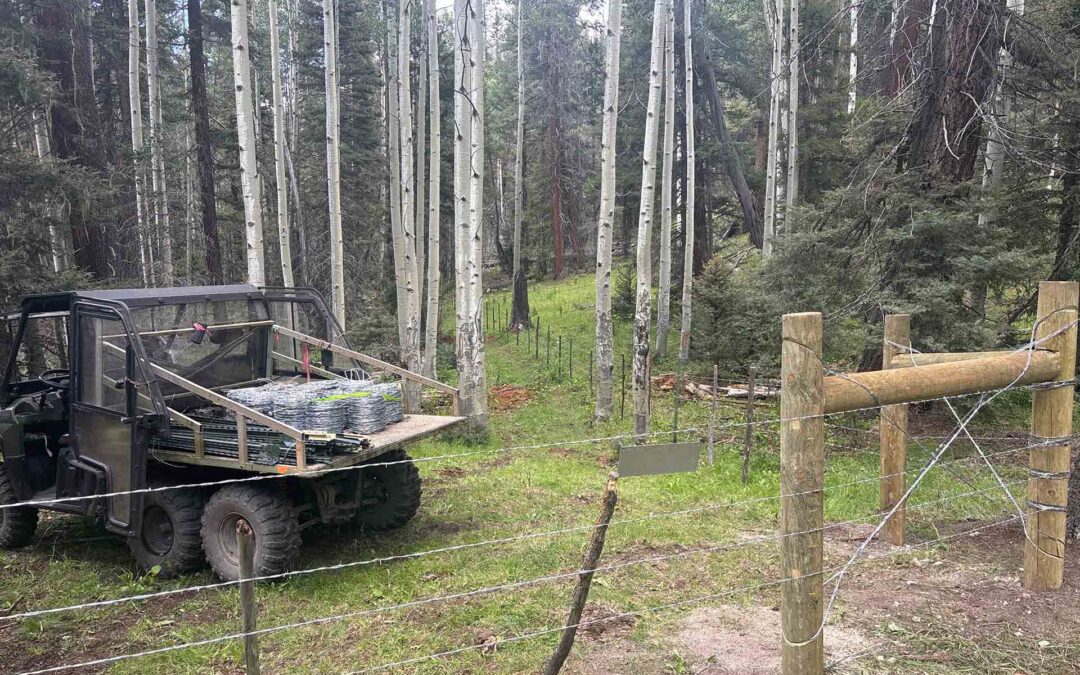
Valles Caldera National Preserve Boundary Fence
Completed corner post along Valles Caldera Boundary Fence. Protecting the Caldera, One Fencepost at a Time The 50-mile boundary fence around the Valles Caldera National Preserve had not seen full maintenance since the early 2000s, back when it was still the Baca...
Hermit’s Peak – Calf Canyon Post-Fire
Crew members gather logs and build erosion control structures in the burn area. Capturing Sediment, Cultivating Stability The Hermit’s Peak – Calf Canyon Fire left a lasting mark on Mora County’s watersheds: scorching vegetation, hardening soils, and causing...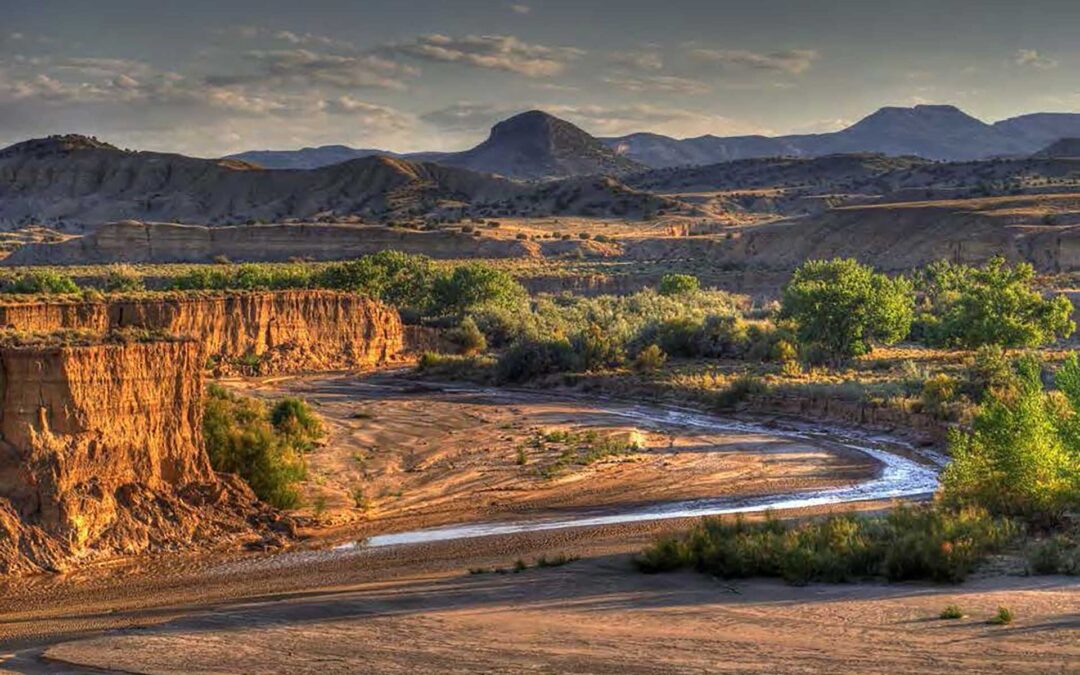
Rio Puerco
Early morning on Rio Puerco. Restoring Rio Puerco, Naturally Over the past 50 years, the Rio Puerco watershed has suffered severe degradation from accelerated erosion and massive sediment loads, making it the single largest source of suspended sediment flowing into...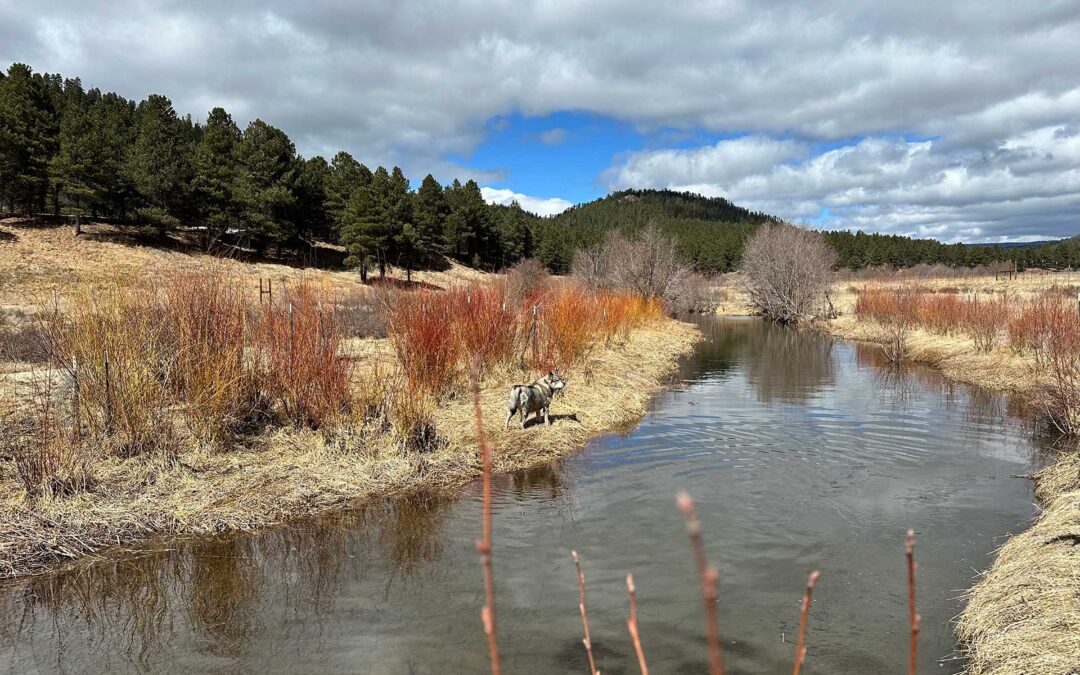
Watershed Restoration Action Plans (WRAPs)
Pooled water upstream of a real beaver dam along Rio de Vacas in the Jemez Mountains inside an exclosure fence. The fence was constructed and willows were planted in approximately 2012. RGR developed WRAPs for three subwatersheds in the Upper Rio Guadalupe Watershed...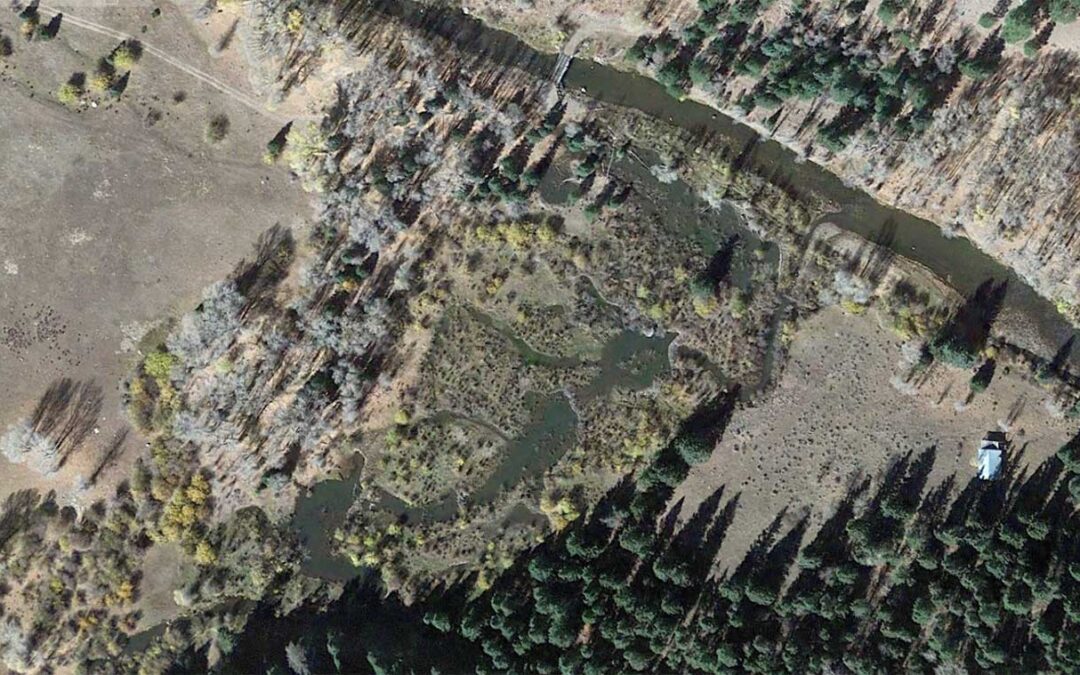
New Mexico Beaver Coalition Meetings
Notes from the NM Beaver Coalition meetings are provided here.
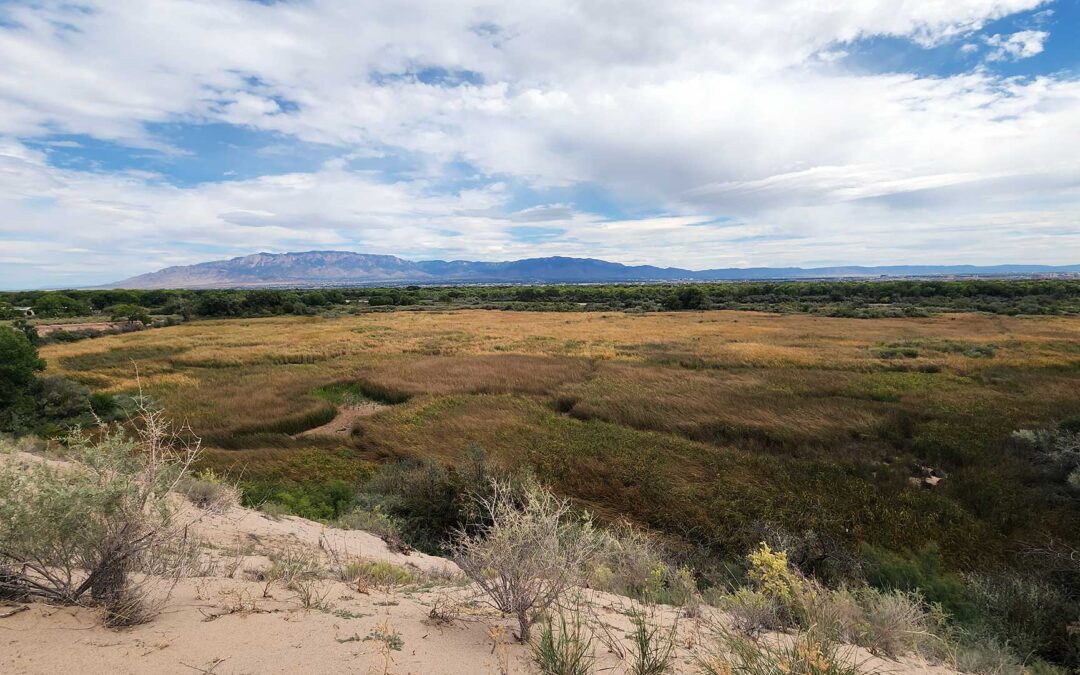
Wetland Action Plans (WAPs)
View overlooking San Antonio Oxbow Wetland, which is included in the City of Albuquerque Open Space Division Wetlands Action Plan. A Wetland Action Plan (WAP) is a guide for the planning and implementation of projects essential to the understanding, conservation,...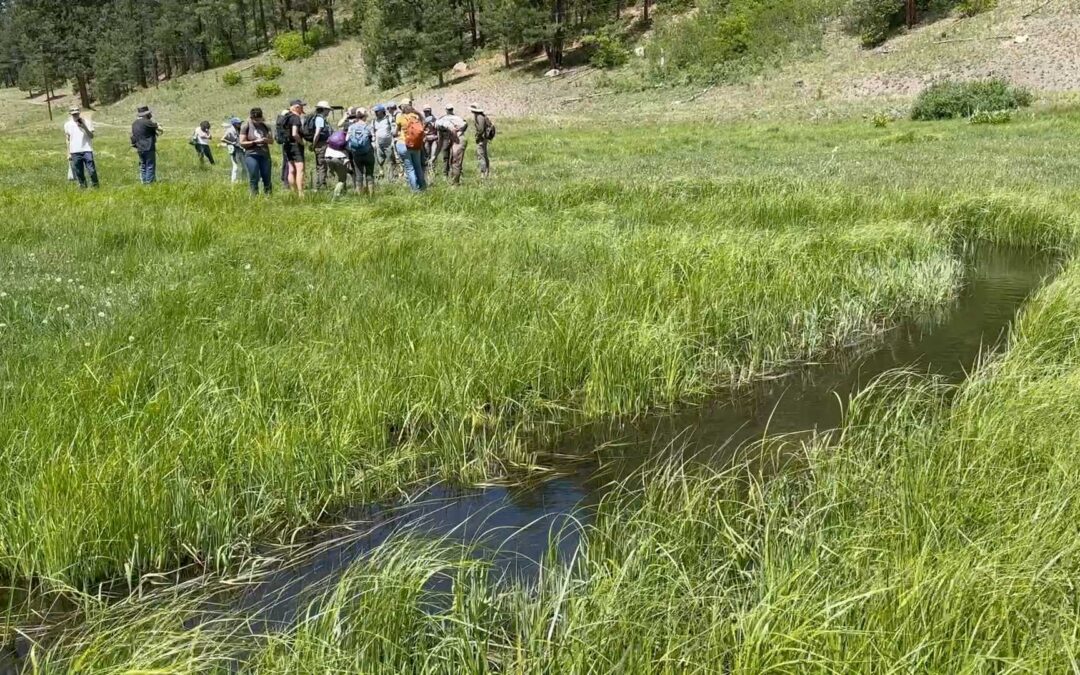
New Mexico Beaver Coalition Field Trips and Workshops
6/12/2024 field trip to RGR’s Upper Rio Cebolla riverscape restoration project.